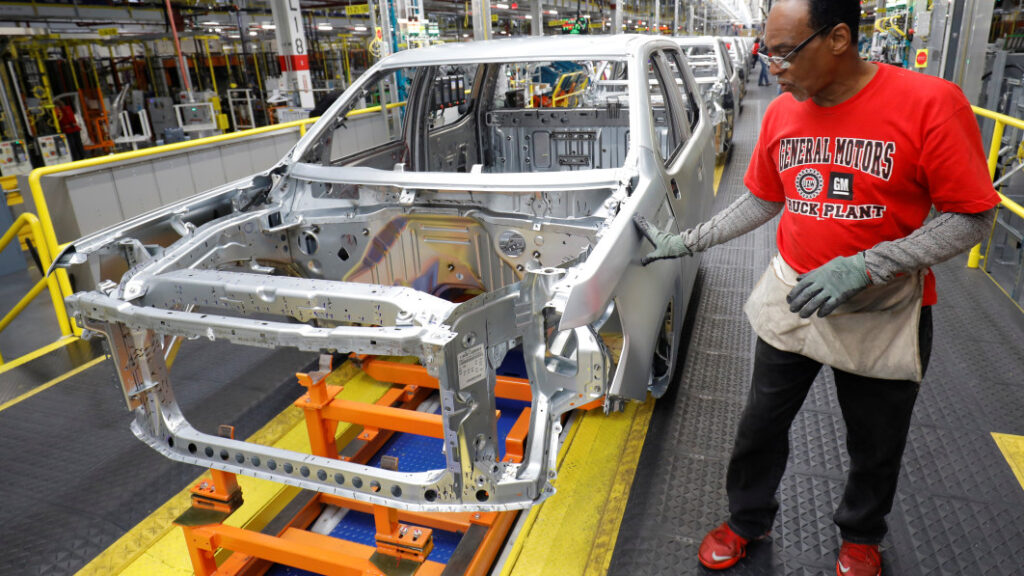GM to invest $632 million in Indiana plant for future pickup truck production

General Motors plans to invest $632 million in its Fort Wayne, Indiana, assembly facility to prepare the plant for future internal combustion engine full-size light duty trucks, it said on Monday.
The investment will be used to support new conveyors, tooling and equipment for the plant that manufactures GM’s Chevrolet Silverado 1500 and GMC Sierra 1500 trucks.
GM has detailed more than $2.3 billion in planned investment in a series of announcements since last week as it works to retool existing North American auto plants and introduce more efficient next-generation internal-combustion full-size trucks and SUVs. Another investment announcement is planned later this week.
The largest U.S. automaker is continuing to make big investments in gas-powered vehicles even as it vows to stop building them in 2035.
Last week, GM said it was investing more than $500 million in its Arlington, Texas, assembly plant to prepare it for production of internal combustion engine full-size SUVs.
GM faces increasingly stringent emissions requirements from California and the Environmental Protection Agency (EPA).
Last week, GM also said it plans to invest more than $1 billion to re-tool two manufacturing sites in Flint, Michigan, to prepare for a new generation of its heavy-duty trucks.
The Texas announcement highlights the company’s commitment to continue “providing customers with a strong portfolio of (internal combustion) vehicles for years to come,” GM said last week.
On Tuesday, GM said it would invest C$280 million ($210 million) in its Canadian Oshawa Assembly to produce the next-generation internal combustion engine full-size trucks.
GM paid $128.2 million in fines for failing to meet Corporate Average Fuel Economy (CAFE) program requirements for 2016 and 2017, records released recently show.
The EPA in April proposed requiring a 56% reduction in projected fleet average emissions over 2026 requirements. (Reporting by David Sherpardson in Washington and Shivansh Tiwary in Bengaluru; Editing by Shilpi Majumdar and Conor Humphries)







